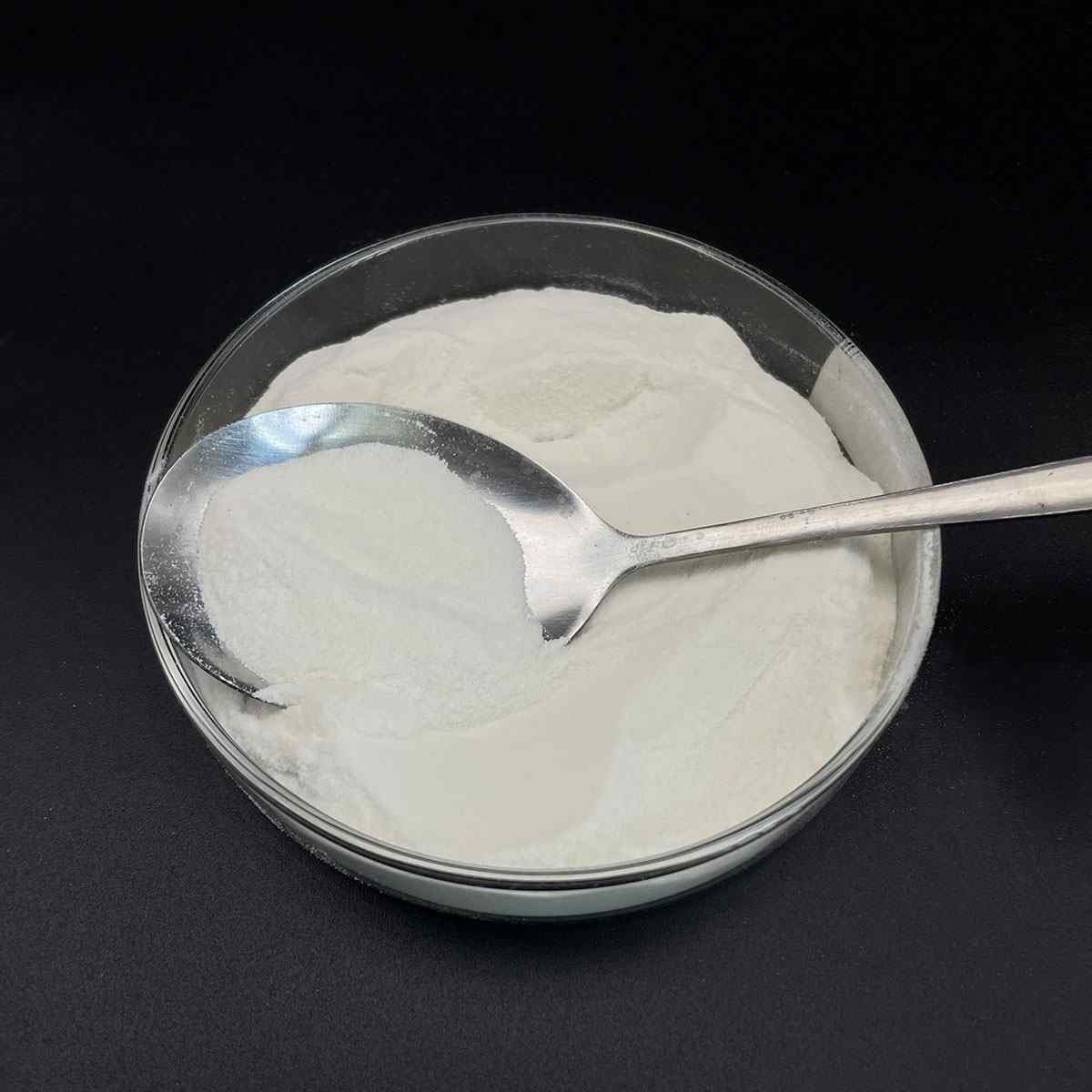1. Introduction
Just 24 hours ago, agrochemical giant Syngenta announced a new line of precision herbicides featuring enhanced surfactant blends that include sodium lauryl sulfate (SLS) to improve rainfastness and foliar uptake. This move signals a quiet but significant shift: SLS—long associated with shampoos and toothpaste—is now gaining traction in advanced crop protection.

While most consumers recognize ‘sls sodium lauryl sulfate‘ from ingredient labels on soaps, its role as a powerful anionic surfactant makes it invaluable in agriculture. But how exactly does this common compound function in something as specialized as a weed killer?
2. Why Surfactants Matter in Herbicides
The meaning of surfactant is simple: it’s a surface-active agent that reduces tension between liquids and solids. In herbicide applications, surfactants help the spray solution stick to waxy or hairy plant leaves—a major barrier to effective weed control.
Without a proper surfactant for herbicides, active ingredients like glyphosate may simply bead up and roll off target weeds. That’s where sodium lauryl sulfate shines.
- It lowers surface tension dramatically
- It acts as a wetting agent for grass and broadleaf weeds alike
- It’s cost-effective and widely available as sodium lauryl sulfate for sale from suppliers like Rohit Surfactants Private Limited
3. Sodium Lauryl Sulfate in Modern Weed Control
Sodium lauryl sulfate (also called sodium dodecyl sulfate or na lauryl sulfate) is an anionic surfactant. Its molecular structure features a hydrophobic tail and a negatively charged head, allowing it to interact aggressively with both water and plant cuticles.
In tank mixes, SLS is often paired with non-ionic surfactants like polysorbate 80, ethoxylated alcohol, or alkyl polyglucoside to create synergistic effects. For example, combining SLS with methylated seed oil boosts penetration into tough weed species like kochia or waterhemp.

Interestingly, some formulators avoid pure SLS due to foaming issues and instead opt for sodium lauryl ether sulfate (also labeled as sodium lauryl ether sulphate or sls sodium laureth sulfate). This ethoxylated version—sometimes confused with sodium laureth sulfate—offers milder foaming while retaining strong wetting power.
4. How SLS Compares to Other Surfactants
Not all surfactants are created equal. Cationic surfactants like cetyl trimethyl ammonium bromide (CTAB) bind strongly to plant surfaces but can deactivate certain herbicides. Anionic cationic blends are rare in agriculture due to incompatibility risks.
Amphoteric options like cocamidopropyl betaine (also called coco betaine, amidopropyl betaine, or coco amido propyl betaine) offer pH stability but lack the aggressive wetting of SLS.
Meanwhile, bio-surfactants such as decyl glucoside, coco glucoside, and sodium cocoyl glutamate are gaining interest for organic farming—but they’re often less effective on mature, drought-stressed weeds.
Common alternatives include:
- Sodium laureth (laureth sulphate or sulphate laureth sulfate): milder, less irritating
- Ammonium lauryl sulfate (or ammonium dodecyl sulfate): similar performance, different salt form
- Sodium lauroyl sarcosinate and lauroyl sarcosinate: used more in cosmetics than agrochemicals
- Lignin sulfonate: a byproduct-based surfactant used in dry formulations

5. Real-World Formulation Strategies
Advanced herbicide adjuvants now use multi-surfactant systems. A typical high-efficacy blend might include:
- Sodium lauryl sulfate as the primary anionic surfactant
- Polysorbate 80 or Span80 (sorbitan monooleate) as a nonionic surfactant
- Methylated seed oil for cuticle disruption
- Small amounts of fluoro surfactant for ultra-low surface tension (though expensive)
Some newer formulations even incorporate Pluronic 127 or Poloxamer 188—block copolymers that act as both surfactants and stabilizers.
For lawn care professionals, products labeled as ‘lawn wetting agent’ or ‘wetting agent for grass’ often contain SLS derivatives alongside ethoxylated alcohols to ensure even coverage on turf.
6. Safety, Sustainability, and Future Trends
Despite its effectiveness, SLS faces scrutiny over aquatic toxicity. This has spurred research into greener alternatives like alkyl polyglucoside and sodium coco sulfate (sometimes marketed as coco sodium sulfate).
However, in controlled agricultural use—with proper drift management and buffer zones—SLS remains a workhorse. Its low cost, high performance, and compatibility with glyphosate, glufosinate, and 2,4-D make it hard to replace entirely.
Companies like Rohit Surfactants Private Limited now offer tailored SLS grades specifically for agrochemical use, with reduced impurities and optimized particle size for tank mixing.
7. Conclusion
Sodium lauryl sulfate may be best known from your shampoo bottle, but its role as a surfactant for weed killer is both practical and scientifically sound. By enabling better contact, spreading, and absorption, SLS helps modern herbicides do their job more efficiently—even under challenging field conditions. As formulation science evolves, expect to see smarter blends that balance SLS’s power with the gentler profiles of bio-surfactants and amphoteric co-surfactants like cocamidopropyl.
Our Website founded on October 17, 2012, is a high-tech enterprise committed to the research and development, production, processing, sales and technical services of ceramic relative materials such as How. Our products includes but not limited to Boron Carbide Ceramic Products, Boron Nitride Ceramic Products, Silicon Carbide Ceramic Products, Silicon Nitride Ceramic Products, Zirconium Dioxide Ceramic Products, etc. If you are interested, please feel free to contact us.


